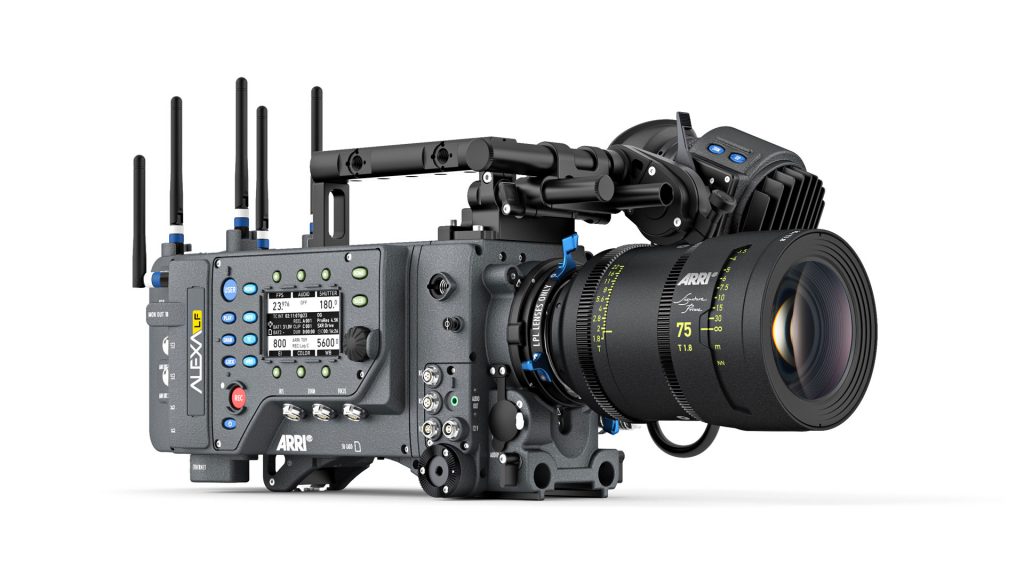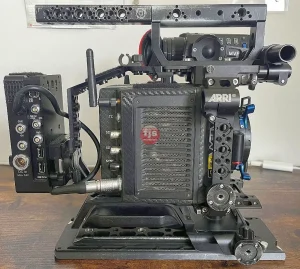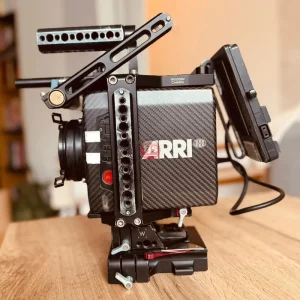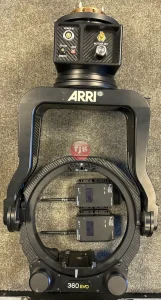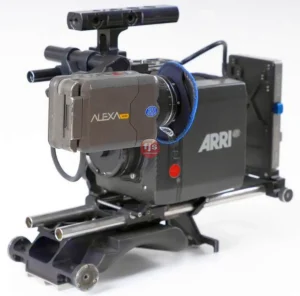Dreaming of cinematic flair without the high-end film lens price tag? Absolutely! Unlock vintage character and stunning visuals on a budget.
The Quest for Cinematic Character on a Budget
The allure of high-end cinema lenses – with their pristine optical quality, robust mechanical design, and often legendary “look” – is undeniable for filmmakers. Lenses from brands like ARRI Zeiss, Cooke, and Angenieux can cost tens or even hundreds of thousands of dollars, placing them far out of reach for independent filmmakers, students, and hobbyists. However, the good news is that you absolutely do not need to mortgage your house to achieve beautiful, cinematic results. The market is rich with budget-friendly alternatives that can deliver stunning visuals and unique character, often mirroring the aesthetic qualities of their pricier counterparts. This article will explore accessible pathways to achieving a “film look” without the exorbitant cost.
Here’s how to get that cinematic feel on a budget:
- Vintage Still Photography Lenses (The Unsung Heroes): This is perhaps the most popular and effective avenue for budget-conscious filmmakers. Decades ago, still photography lenses were built with incredible optical quality and robust mechanicals, often surpassing modern consumer-grade lenses in build. These lenses, designed for 35mm film cameras, often have distinct characteristics like beautiful bokeh, unique flare patterns, and a slightly softer, more “organic” feel that many associate with classic cinema.
- Key Features:
- Manual Focus and Aperture: Generally fully mechanical, offering precise control.
- Distinct Optical Character: Each lens series (e.g., Helios 44-2, Jupiter-9, Carl Zeiss Jena, older Nikkor, Canon FD) has a unique “signature.”
- Robust Build: Many are all-metal, built to last.
- Affordable: Prices can range from $50 to a few hundred dollars.
- Requires Adapters: Need mechanical adapters to mount on modern digital cameras.
- Benefits:
- Massive Cost Savings: Get multiple vintage primes for the price of a single modern budget prime.
- Unique Cinematic Look: Achieve beautiful, sought-after flares, creamy bokeh, and a less “clinical” image.
- Learning Opportunity: Forces you to master manual focus and exposure, enhancing your filmmaking skills.
- Compact Size: Often smaller and lighter than modern cinema lenses.
- Accessible: Widely available on online marketplaces.
- Key Features:
- Modern Photography Primes (The Workhorses): While not specifically “film lenses,” many modern still photography prime lenses, especially fast ones, offer incredible value and optical performance that can easily translate to cinematic use. Lenses like the Canon 50mm f/1.8 STM (“nifty fifty”), Sony 50mm f/1.8 OSS, or various Rokinon/Samyang primes are optically excellent and remarkably affordable.
- Key Features:
- Sharpness: Often optically very sharp, even wide open.
- Fast Apertures: Many are available at f/1.8, f/1.4, or f/1.2, excellent for low light and shallow depth of field.
- Autofocus (on some): If desired, can provide autofocus capabilities with compatible cameras.
- Newer Coatings: Generally have modern lens coatings for reduced flare and improved contrast compared to some vintage lenses.
- Benefits:
- Excellent Price-to-Performance Ratio: High image quality for a relatively low cost.
- Reliable: New lenses come with warranties and consistent performance.
- Adaptable: Can be used on various camera systems with appropriate mounts or adapters.
- Good for Versatile Shooting: Useful for both video and stills.
- Key Features:
- Rehoused Still Lenses (The Hybrid Option): For those seeking the ergonomics and robust build of cinema lenses but with the optics of more affordable still lenses, rehousing services are an option. Companies or individual craftsmen take high-quality still lenses (often vintage ones) and rebuild them into cinema-style housings with standardized gears, front diameters, and often improved focus throws.
- Key Features:
- Cinema Mechanics: Standardized gears (0.8 MOD) for follow focus, consistent front diameter, de-clicked apertures.
- Still Lens Optics: Utilizes the glass from existing photography lenses.
- More Expensive than Raw Still Lenses: The rehousing process adds significant cost.
- Benefits:
- “Best of Both Worlds”: Combines desirable optics with cine-friendly mechanics.
- Professional Feel: Lenses handle like traditional cinema glass on set.
- Consistency: Easier to swap lenses on rigs.
- Long-Term Investment: A well-rehoused set can maintain value.
- Key Features:
- Entry-Level Cine Primes (The Purpose-Built Solution): Several brands now offer truly budget-friendly cinema prime lenses designed from the ground up for video production. Brands like Meike, DZOFilm (their VESPID Primes), and some of the lower-end Viltrox series offer full sets of primes with cine-standard features at a fraction of the cost of high-end sets.
- Key Features:
- Purpose-Built for Video: Designed with focus breathing control, standardized gears, T-stops, and consistent color rendition in mind.
- Full Sets Available: Often sold in sets covering common focal lengths.
- Consistent Form Factor: Similar size and weight across the set for easier rigging.
- Benefits:
- True Cine Experience: Offers the ergonomics and control of traditional cinema lenses.
- Excellent Value: Good optical performance for the price point.
- Streamlined Workflow: Designed for professional video production environments.
- Growing Market: More options becoming available.
- Key Features:
Conclusion: Your Cinematic Vision, No Matter the Budget
The pursuit of a “film look” no longer necessitates spending a fortune on high-end cinema lenses. Whether you dive into the vast and characterful world of vintage still photography lenses, leverage the optical excellence of modern photography primes, invest in rehoused solutions for cinema mechanics, or choose from the growing array of budget-friendly dedicated cine primes, there are abundant options available. The key is to understand the trade-offs, identify your specific needs and aesthetic preferences, and experiment. Ultimately, the most expensive lens won’t make a film great; a compelling story told with thoughtful visual choices, no matter the lens, will.
Questions and Answers
Q1: What’s the main advantage of vintage still lenses over modern ones for video?
A1: Their unique character, including distinct flares, creamy bokeh, and often a slightly “softer” or more organic rendering that many associate with classic film. They also tend to be very affordable.
Q2: Do I need a special camera to use these budget alternatives?
A2: Mirrorless cameras (Sony E-mount, Fujifilm X-mount, Canon RF/EF-M, Micro Four Thirds) are generally the best choice due to their shorter flange focal distance, which allows for easy and inexpensive adaptation of almost any still photography lens.
Q3: What are T-stops, and why are they important for cinema lenses?
A3: T-stops (transmission stops) measure the actual light transmission through a lens, which is more accurate than f-stops (calculated based on focal length and aperture diameter). For cinema, consistent T-stops across a lens set ensure consistent exposure when changing lenses, which is crucial for continuity. Photography lenses typically use f-stops.
Q4: Will I miss autofocus with these budget options?
A4: Most vintage still lenses and budget cine primes are manual focus only. While it requires practice, modern mirrorless cameras with focus peaking and magnified view make manual focusing much easier than in the past. Many filmmakers prefer the tactile control of manual focus.
Q5: Are rehoused lenses worth the extra cost?
A5: It depends on your needs. If you regularly work on set, need consistent ergonomics for follow focus, and want durability, rehoused lenses offer a professional experience. If you’re a hobbyist or solo shooter, raw vintage or modern photo primes might suffice.

